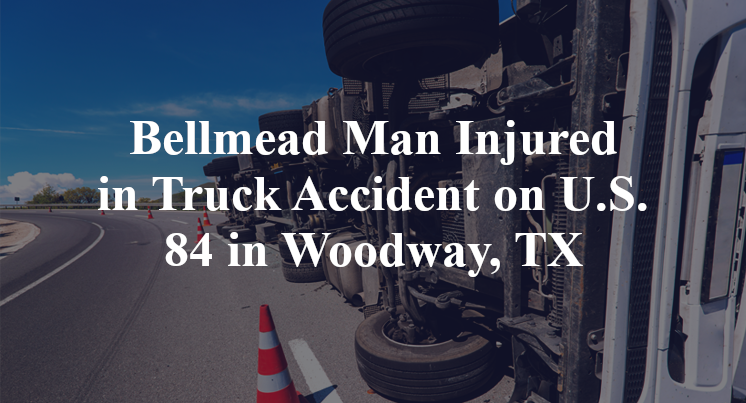Bellmead Man Injured in Truck Accident on U.S. 84 in Woodway, TX
McLennan County, TX — September 23, 2025, a man was injured due a single-vehicle truck accident shortly before 1:30 p.m. along U.S. Highway 84.
According to authorities, a 46-year-old man from Bellmead was traveling in a southwest bound Freightliner truck on U.S. 84 in the vicinity just west of Wickson Road when the accident took place.

Officials indicate that, for as yet unknown reasons, the Freightliner was involved in a single-vehicle collision in which it apparently overturned. The man reportedly sustained serious injuries over the course of the accident. Additional details pertaining to this incident—including the identity of the victim—are not available at this point in time. The investigation is currently ongoing.
Commentary
When a commercial truck overturns without any outside impact, the assumption is often that the driver made a mistake—but that’s far from the full story. A single-vehicle rollover almost always signals a deeper problem, whether with the vehicle, the load, or the company policies that shaped how the truck was being operated.
Right now, there’s no public explanation for why the Freightliner rolled. Was the driver trying to avoid something in the road? Was he speeding into a curve? Did the truck suffer a mechanical failure? These are all common in rollover cases, and each one points to a different set of potential liabilities. That’s why the truck’s engine control module (ECM) and dash cam footage, if available, should be reviewed immediately. Those tools can show whether the truck was traveling too fast, whether the brakes were applied, or if the steering input suggests a sudden swerve or overcorrection.
Another major factor to investigate is load configuration. Improperly loaded cargo, especially if it's top-heavy or poorly secured, can destabilize a truck during routine maneuvers. I’ve worked on rollover cases where the driver was blamed at first—until it came out that the load was so poorly distributed that no one could have kept the truck upright under the circumstances.
The time and location of the crash also matter. This occurred during midday, ruling out low-light conditions—but that doesn’t eliminate factors like driver fatigue, especially if the driver had been behind the wheel for many hours without rest. If company dispatchers pushed an aggressive delivery schedule, or if logs show potential hours-of-service violations, those facts deserve just as much attention as what happened behind the wheel.
In short, single-vehicle truck crashes often look simple on paper, but rarely are in practice. The real cause may lie in what the driver was asked to do—and whether the company that put him on the road gave him the tools and conditions needed to do it safely.
Key Takeaways:
- The rollover's cause is still unknown, but ECM data and dash cam footage may clarify whether speed, swerving, or braking played a role.
- Load configuration and cargo security should be examined to rule out balance or shift issues.
- Driver fatigue or hours-of-service violations may be relevant, depending on the driver’s schedule.
- Trucking company decisions around training, routing, and scheduling may share responsibility for the crash.
- Single-vehicle doesn’t mean single-cause—full accountability requires a deeper look at all contributing factors.

“These are essential reads for anyone dealing with the aftermath of a truck wreck”– Attorney Cory Carlson